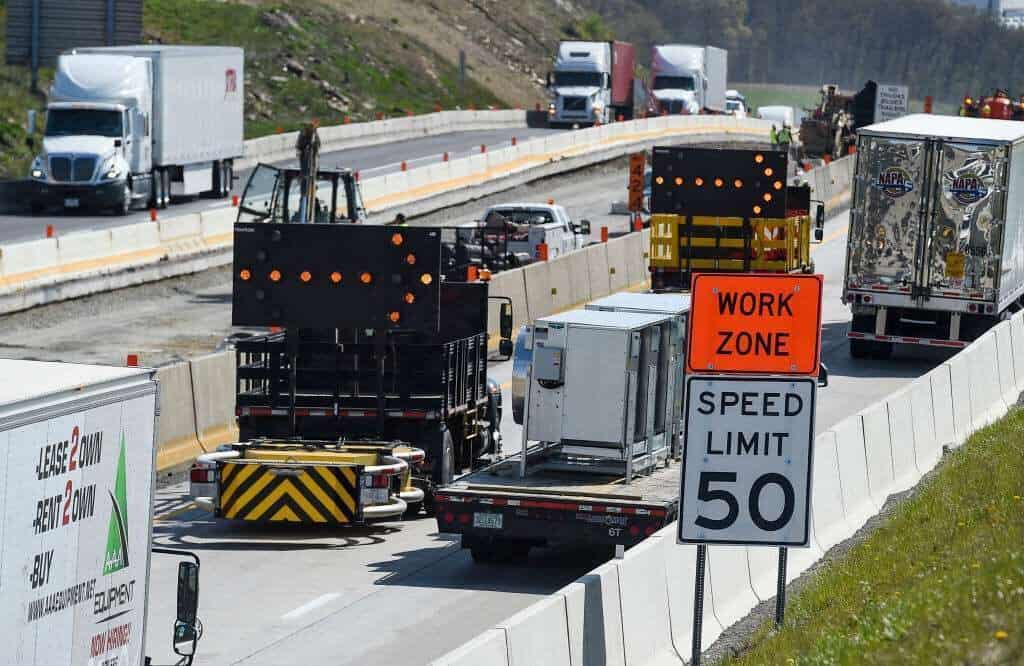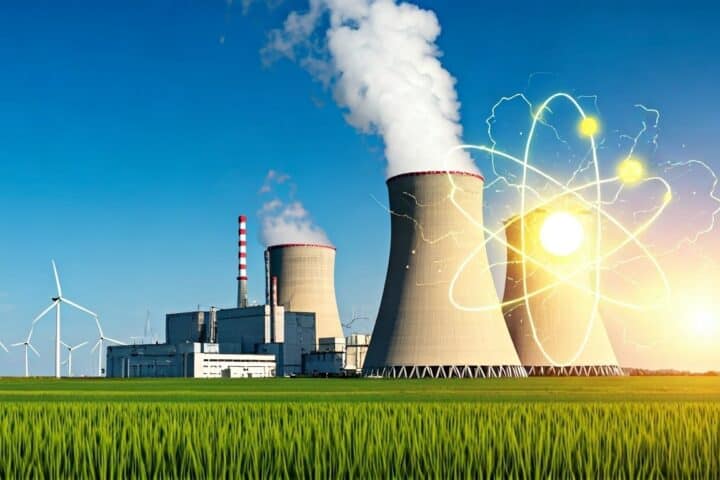According to an analysis by Transportation for America, climate advocates have expressed concern about the 2021 infrastructure law’s real-world effects, which, based on existing spending patterns by state transportation departments, could add more than 69 million metric tons of carbon dioxide equivalent to the atmosphere by 2040.

Analysis Reveals Concerns Over Infrastructure Investment Priorities
At a media briefing on February 14 sponsored by Climate Nexus, the advocacy group’s policy associate Corrigan Salerno explained that the analysis examined 55, 000 projects that states reported to the federal government. According to Salerno, “nearly 25 % of the [ Infrastructure Investment and Jobs Act ] formula dollars, specifically, states are spending toward highway expansion and another quarter is being spent towards highway resurfacing.”
Harrison Carpenter-Neuhaus, communications manager at Climate Nexus, stated during the briefing that” a lot of IIJA money actually risks perpetuating a dangerous status quo both because of the law itself and because the state departments of transportation that are spending these funds.” The fact that state transportation departments also have a lot of discretion about where to put their money is” the other major factor here.”
Carpenter-Neuhaus noted that when she threatened to file a whistleblower complaint about freeway projects that were billed as maintenance work but were actually meant to widen highways, the former deputy director of planning and directional programs at the California Department of Transportation was demoted and given leave.
Debate Over Highway Expansion: Balancing Development with Environmental Concerns
Over the objections of numerous organizations, the Texas Department of Transportation has suggested widening Interstate 45 in Houston by$ 12 billion. Andnbsp, the project would relocate 1, 079 homes, 344 businesses, and 5 churches, according to Ally Smither, an organizer with Stop TxDOT I-45. However, Smither pointed out the noise, air pollution, and loss of intergenerational wealth during the briefing, saying,” The actual cost of this project is in animal lives.”
Some people think that increased capacity attracts more drivers, which is why fresh roads and widened highways cause induced demand. A well-known illustration of this impact is the widening of Interstate 405 in California, which was finished in 2015 along a 10-mile stretch. Four years after, during the majority of rush-hour commutes, traffic was moving yet more slowly. ” Induced demand creates more traffic at greater cost to people and the environment, while worsening congestion,” according to the California Department of Transportation’s website.
Not all people concur. In a policy brief for the Reason Foundation, Arizona State University researcher Steven Polzin makes the case that traffic volume is also increased by population and employment growth, fresh activities in the area served by new or increased roads, and drivers ‘ decisions to change their travel times and routes.
However, Salerno from Transportation for America stated at the most recent briefing that “everyother investment in emissions-reducing strategies must work their way down to get towards a gross reduction relative to the baseline emissions that our transportation system was now producing.”
The Impact of Potential Emissions Standards on Transportation Decarbonization
Prior to the rumored possibility that the Biden administration might raise emissions standards for passenger vehicles and light trucks, which could require 67 % of new light-duty vehicle sales be electric vehicles by model year 2032, Transportation for America’s projection of the IIJA could add more than 69 million metric tons of carbon dioxide equivalent by 2040 was made, according to several news outlets this weekend. According to sources cited by Reuters, the revised rule is anticipated to require EVs to make up less than 60 % of all new vehicles produced by 2030.
If the bipartisan infrastructure bill had invested in shifting our transportation spending from ineffective and destructive highway expansions to roadway repair, bridge replacement, public transit, healthy streets, and more housing close to jobs and opportunities, Osborne continued, the administration would be better prepared for the uncertainties of the EV transition.
Controversy Surrounds Proposed Enviromental Protection Agency Rule: Impact on Auto Workers and Political Alliances
The initial proposed rule from the U.S. Environmental Protection Agency was immediately rebuffed by Congress and the mechanical sector. Shawn Fain, president of United Auto Workers, expressed concern in a letter to UAW members next year, saying that” the federal government is pouring billions into the electric vehicle transition with no strings attached and no commitment to workers.”
The UAW immediately refrained from supporting President Joe Biden’s reelection. The UAW supported Biden soon after the EPA sent the ultimate rule to the administration in January, according to The Washington Post.













